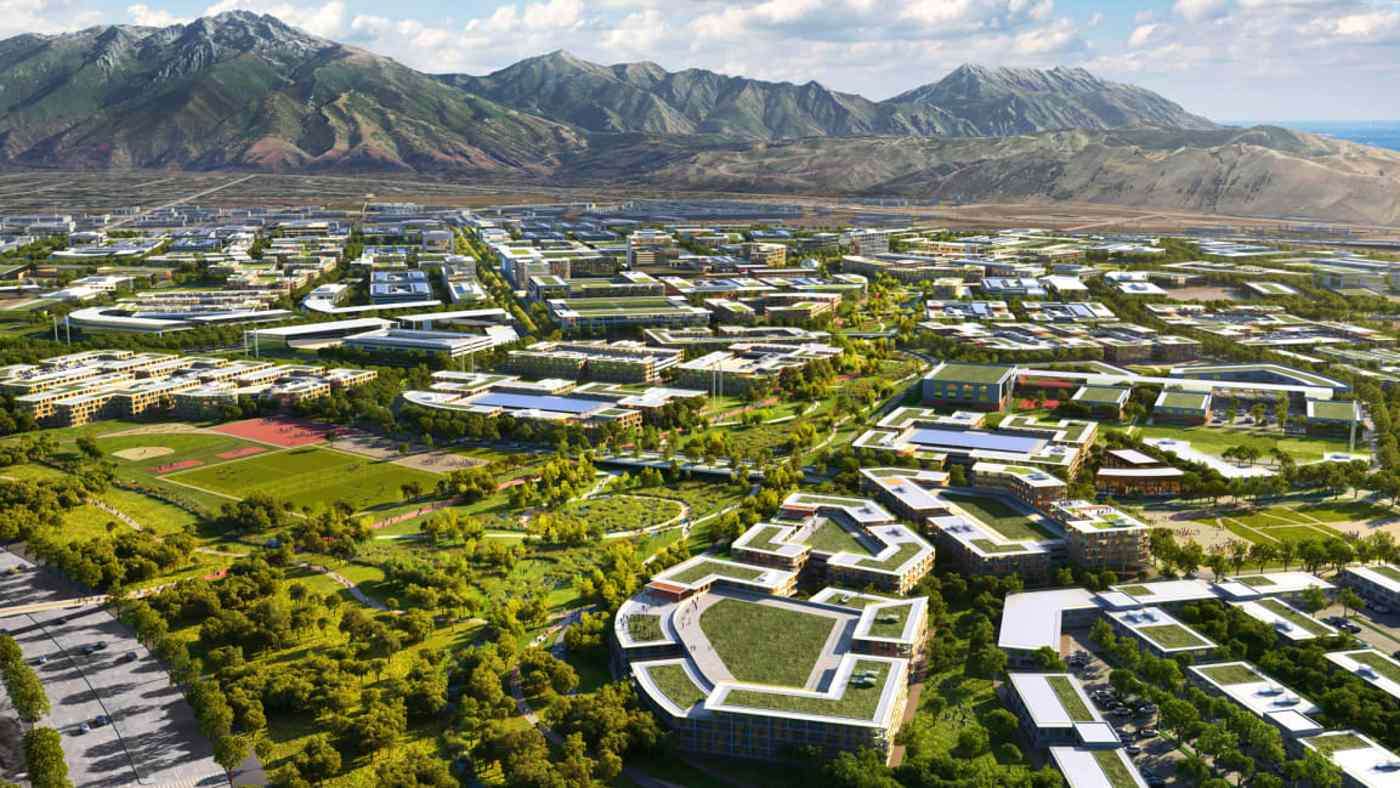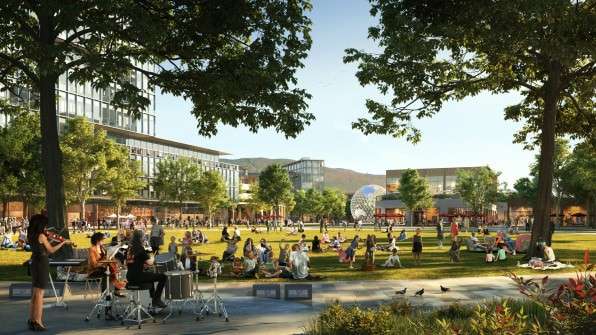Solar Power Will Account for Nearly Half of New U.S. Electric Generating Capacity in 2022
In 2022, almost half of the planned utility-scale electric generating capacity coming online are solar, according to the U.S. Energy Admin.

Car-free zones, bike lanes, pedestrian-friendly urban design; these aren't the features of a typical American suburb. This sounds like something in The Netherlands rather than in Utah, where a new "one-car community" is being built in an experimental suburb.
Called The Point, it's located on 600 acres of federal land in Draper that once housed a prison, and will be purpose-built for businesses, families, and individuals to be able to access every quarter with a 15-minute walk or bike ride.

Utah is famous for having 60% of its land under various forms of state and federal protection, due to its majestic and one-of-a-kind desert and scrub landscapes. As the population grows, planners and developers are wondering how to grant access to one of the most beautiful states without impacting nature too overtly.
In order to figure this out, town hall-type meetings revealed that local opinions favored a more walking-friendly, planned community.
"We heard loud and clear from them that the principles of having more convenient, less car-focused development, and a little more compact and amenity-rich community, would be appealing," Alan Matheson, executive director of The Point of the Mountain State Land Authority, told Fast Company.
About 7,400 houses together, built by global engineering and development firm Skidmore, Owings & Merrill, will sit in acreage connected by veins of greenery to every chief area in the city.

Occasional streets which allow cars will also have bike lanes and wide sidewalks. Buses will operate around the perimeter, maybe automatically, to ferry people into the main areas, as well as to downtown Salt Lake City.
The Point will be connected with the Jordan River Parkway to take hikers and cyclists to the nearby mountain trail systems. This path will also help wildlife move between the river and the mountains.
"The idea here is that it's an economic driver for the state to attract younger workers who are in the tech sector or the science sector, and we know that they don't want to live in the suburbs, oftentimes, as the suburbs are currently configured," Peter Kindel, one of the developers, told Fast Company.
"They want more urban features, they want to know their neighbors, they want to be part of a community. They don't want to spend their day driving."
The Point has been created in three different configurations, all of which preserve the fundamental "points" of the idea, namely community, connecting with nature, smart, less car-focused transit, and economic opportunity, as well as a 45% coverage of the city in greenery. These configurations, the developers hope, will influence future building growth opportunities.
SHARE the Stunning Design With Those Social Feeds…
Be the first to comment